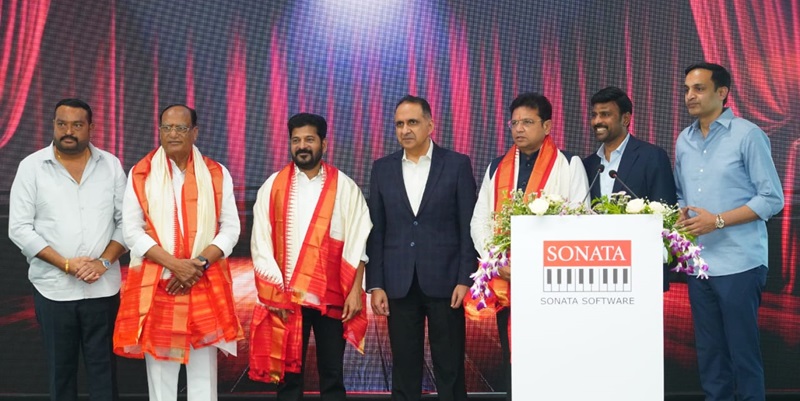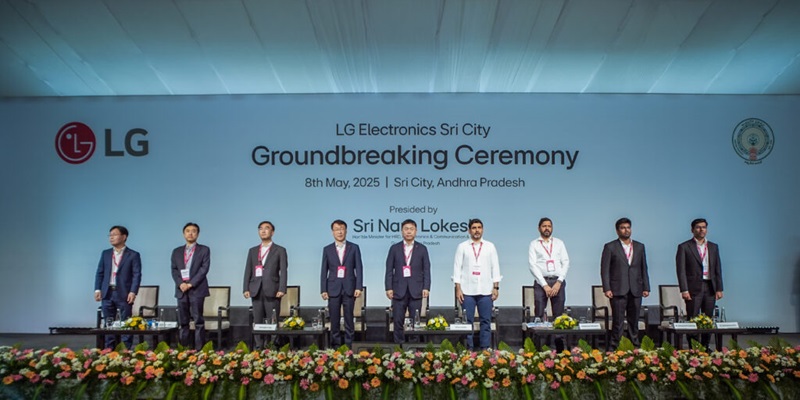Schedule a Call Back
Light construction of power lathe chucks
 Communication Feature
Communication Feature- Oct 22,19
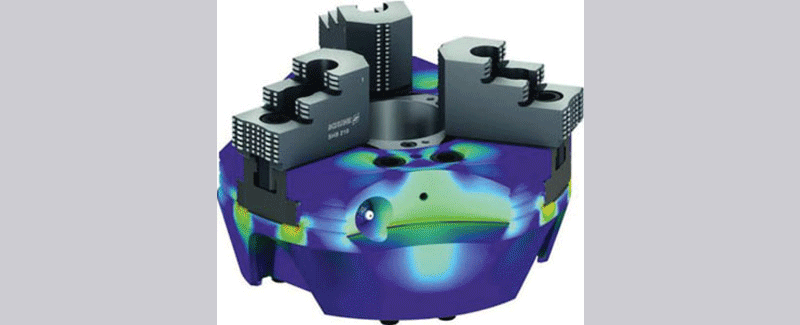
Related Stories

Light construction of power lathe chucks
While aiming at lighter chucks for lathes, SCHUNK meets the requirements of customers for quick and energy efficient component production. For this purpose, SCHUNK uses ANSYS simulation solutions in..
Read moreRelated Products
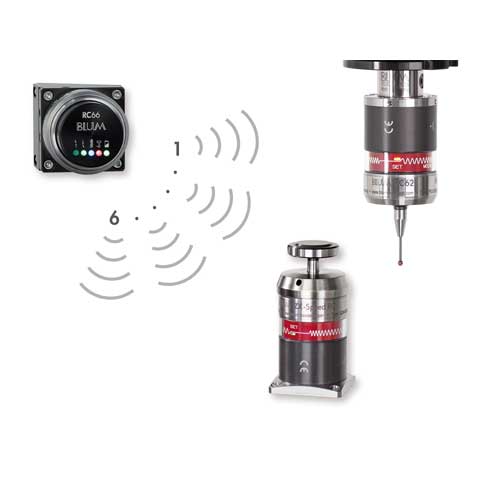
Compact Touch Probes for Turning Machines
Blum-Novotest Measuring & Testing Technology Pvt Ltd offers a wide range of compact touch probes for turning machines - TC54-10/TC64-10.
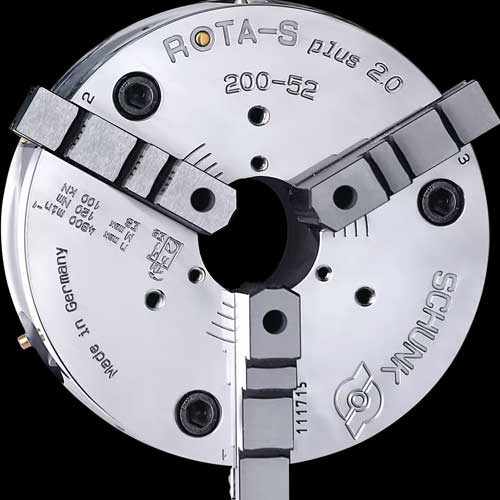
Manual Lathe Chucks
Schunk Intec India Pvt Ltd offers wide range of manual lathe chucks.
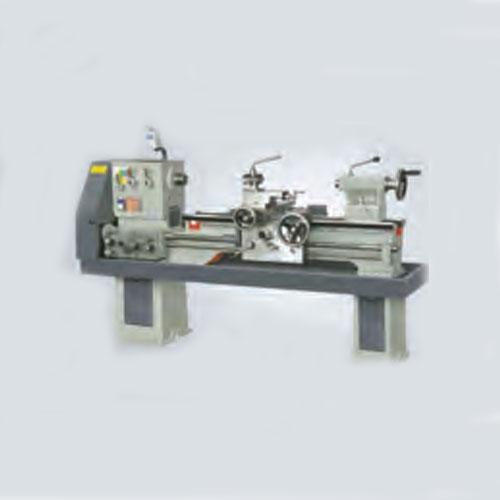
Lathe Machine
Bharat Machinery & Spares offers a wide range of gear lathe machine.





